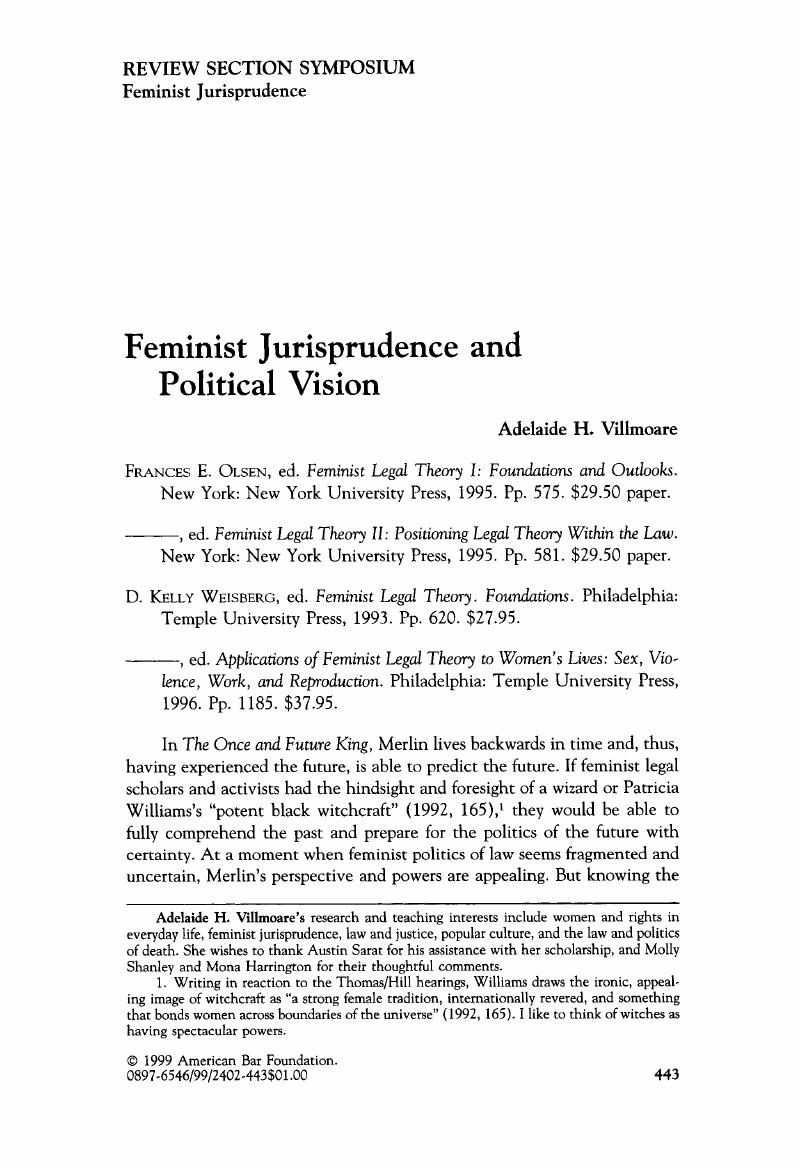Crossref Citations
This article has been cited by the following publications. This list is generated based on data provided by Crossref.
Smyth, Russell
and
Mishra, Vinod
2014.
Barrister gender and litigant success in the High Court of Australia.
Australian Journal of Political Science,
Vol. 49,
Issue. 1,
p.
1.
Neumann, Pamela
2023.
The Limits of the Law: Women, Violence, and Legal Ambivalence in Nicaragua.
Qualitative Sociology,
Vol. 46,
Issue. 2,
p.
199.



